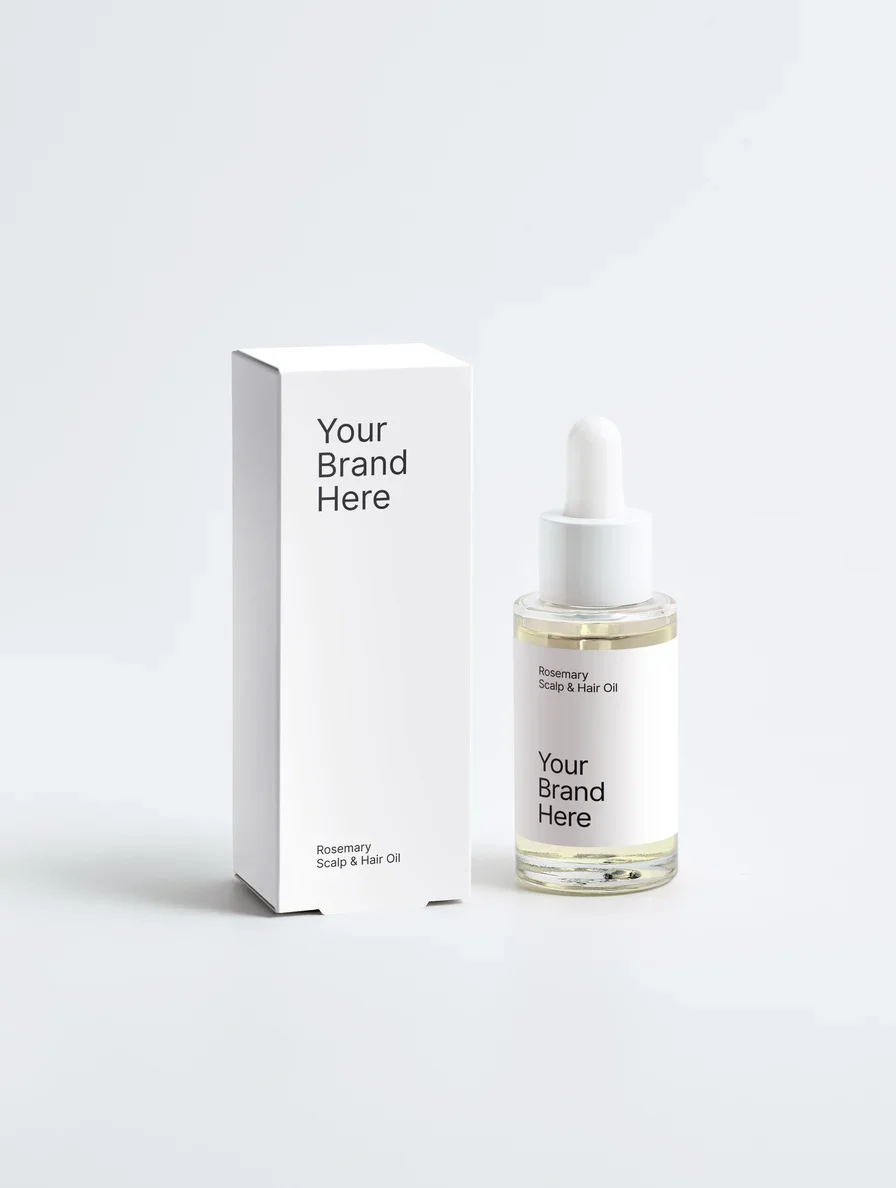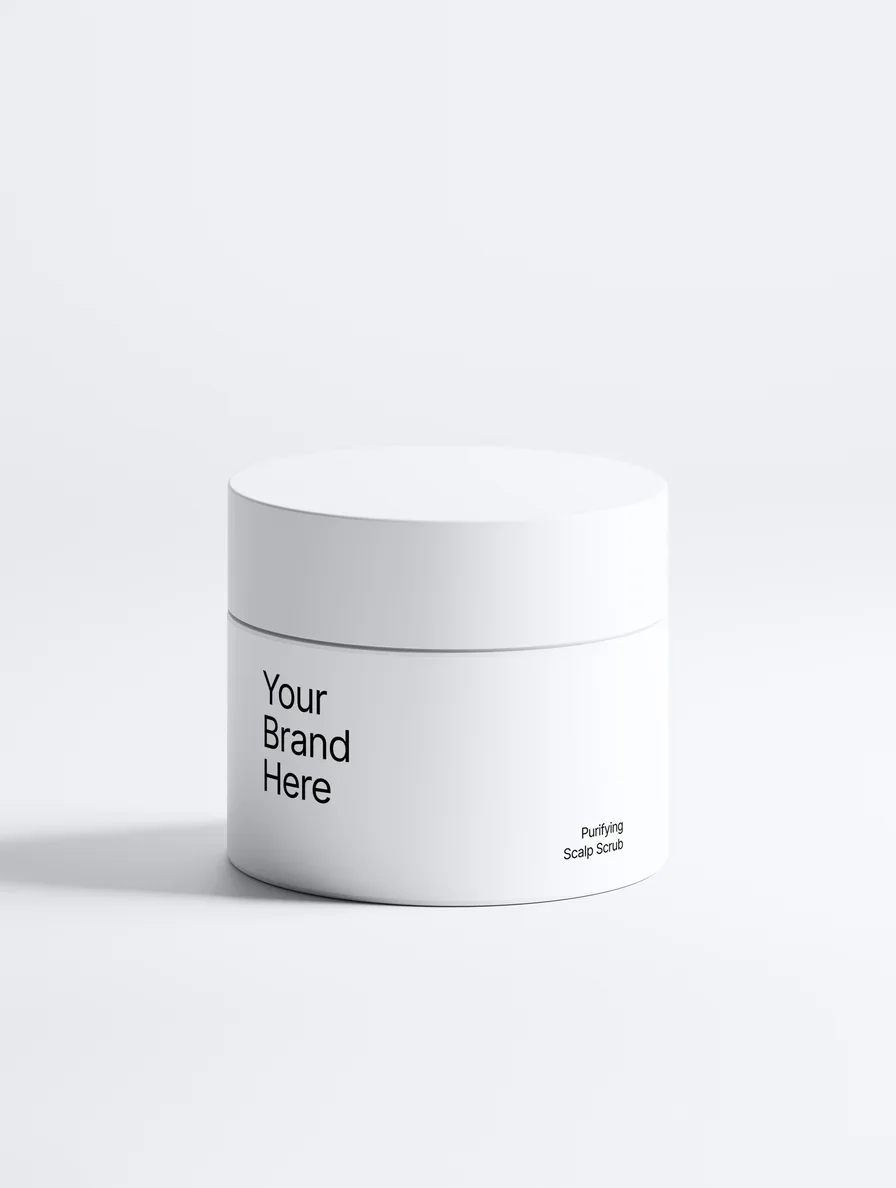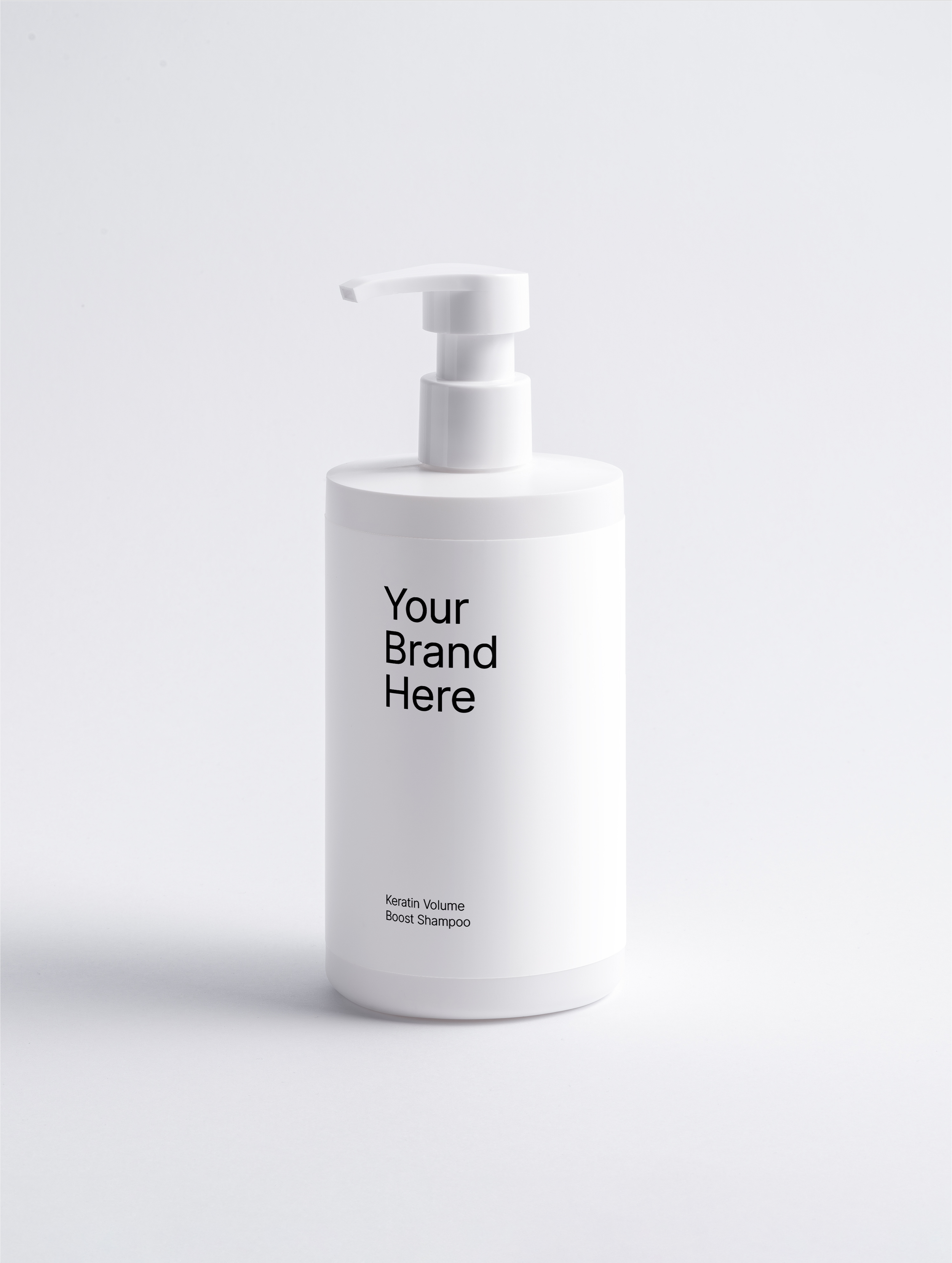Hair Care 2026: Trends To Watch
Table of Contents
Once, hair care was purely functional – wash, rinse, repeat. Now, it’s a self-care ritual. And brands are responding with products for everyone who wants their hair to look and feel next level.
But with new hair care trends and an abundance of new products popping left and right, how to know what your audience is actually looking for? We’ve done the research for you and in this article you’ll find the latest and most popular hair care market trends your customers are eyeing in the pursuit of healthy hair.
The State of the Hair Care Industry
The hair care industry is a huge market already and is expected to grow even further through 2033, by almost $48 billion. The industry isn’t just growing in numbers, it’s also transforming in other ways, mainly thanks to the way consumers view hair care as a whole.
Hair care professionals and experts admit that customers are becoming increasingly knowledgeable and pay more attention to ingredients in their hair care products. This is mirrored by a wider tendency, especially among Millennials and Gen Z, where transparency and product efficiency are taking center stage, rather than products with the loudest marketing in the room.
The increased awareness and knowledge of ingredients are also shaping the skinification of hair care. It means that people are shifting their approach to hair care to resemble how they view skincare. This leads to interesting developments: shoppers no longer chase short-term results, instead, they prioritize long-term hair and scalp health. Additionally, ingredients commonly found in skincare are now emerging in hair products.
Brands in the hair care industry are also increasingly focusing on innovating at-home solutions for customers looking to establish efficient routines from the comfort of their home, which is another likely outcome of the skinification of hair care.
Hair Care Trends (with Examples)
Now, let’s dive into the hair care market trends and see how you can tweak your product lines to appeal to the modern shopper. Along with the hair care trends of 2025, we’ll look at brands that have jumped on these trends the right way to get you inspired.
Scalp-First Approach and Healthy Microbiome
For years, healthy hair was all about the shine and style. Now, more people are realizing that healthy hair starts at the scalp. That’s why the scalp-first approach is quickly becoming one of the biggest trends in hair care.
The overall wellness movement has both regular shoppers and beauty enthusiasts looking into taking better care of the scalp’s microbiome. This is the ecosystem of bacteria, fungi, and other microorganisms that create a protective barrier on the head of your skin. That’s why products like Selfnamed’s Hair & Scalp Strengthening Oil and Deep Cleanse Scalp Scrub are becoming more popular.
Selfnamed: Hair & Scalp Strengthening Oil & Deep Cleanse Scalp Scrub
Just look at how Google Search volumes for the term scalp serum have risen in the last 5 years — they show an ever-increasing interest in scalp health worldwide.
Source: Google Trends
Following suit: Hair care industry trends like the shift toward scalp health haven’t gone unnoticed by a major player in the hair care market, Olaplex. This year, they introduced their No. 0.5 Scalp Longevity Treatment that promises hydration and soothing of the scalp while also protecting it against aging.
Sustainable Products and Minimal Formulas
We already looked at the impact of skinification on hair care, and it’s no surprise that the sustainable and minimalist skincare routines have also spilled into the area of hair — after all, that’s one of the most visible Millennial and Gen Z trends in beauty overall.
Beauty and hair care customers are more conscious of how their purchasing decisions impact both themselves and their environment, leading to demand for more clean and sustainable products.
For example, in my inner circle, I’ve heard concerns about two specific hair care ingredients: microplastics and non-biodegradable silicones. That’s why you might see products popping up with labels like silicone-free, as brands have identified that it’s something people steer clear of.
Today’s shoppers demand transparency – from ingredient lists they can actually understand to innovative formats like shampoo bars and biodegradable packaging
If you’re looking to sell private label hair care, all products offered by Selfnamed are natural and organic certified, as well as vegan and allergen-free, so if you want to start a hair care business and adapt this trend, that’d be a good place to begin your cosmetics dropshipping journey.
Learn more: Selfnamed Product Claims
Following suit: The premium hair care brand Kérastase is also adapting to natural hair care market trends. They’re promising to reach 100% recycled-plastic packaging and to use only green science technologies and bio-based ingredients by 2030.
Source: Kerastase Commitments
Personalized Hair Care
Personalization has become one of the biggest beauty and hair care trends in recent years. Customers acknowledge their unique needs and want products that they know will be just right for their hair type, texture, and even lifestyle without going through countless cookie-cutter brands.
The rise of beauty tech has made personalized hair care a reality. Brands now offer tailored recommendations using quizzes, AI-powered diagnostics, and even one-on-one consultations with experts.
Following suit: Perhaps I’d describe the brand Function of Beauty as one of the pioneers of personalized hair care rather than a business that’s following suit. And for a good reason, because when they launched in 2015, it was one of the first beauty brands to offer an online quiz to determine the best shampoo and conditioner formulas for your hair, making them go mega viral thanks to the unique approach of that time. And they still do that!
Source: Function of Beauty Hair Quiz
Keratin on the Rise
Keratin has been around the hair care industry for some time now, but it’s only recently had a deserved comeback. So, how have hair care industry trends impacted the outlook on keratin?
Back around the 2000s to 2010s, keratin treatments were an expensive procedure done in salons mainly for the purposes of straightening hair for up to 6 months and minimizing frizz. A lot of these treatments included formaldehyde-releasing chemicals that can cause skin irritation and headaches. So, in general, it’s quite a harsh process to go through, especially if your scalp is sensitive.
Keratin itself is a protein that your body produces naturally, and it’s what helps form your hair, nails, and skin. Its resurgence in hair care now takes a more gentle and diverse form, aiding in repairing the hair’s structural damage, controlling frizz, protecting from heat damage, and strengthening the hair in the long term.
Consumers are now seeking out keratin because of the modern developments and long-term advantages of keratin-infused products, like Keratin Shampoos and Leave-In Hair Mists.
Keratin Volume Boost Shampoo & Leave-In Hair Mist
Following suit: Hair care brand Virtue Labs has been on top of technological advancements and has created Alpha Keratin 60ku®, a keratin protein that’s identical to the one in our hair, making it a particularly powerful ingredient in the brand’s products.
Glass Hair and Shiny Finish
One of the hair care trends that has gained popularity due to social media, especially TikTok, is the glass hair or super shiny hair look. And for many, healthy and shiny hair essentially mean the same thing.
What’s interesting about this hair care trend is that rather than achieving this look with hair straighteners and heavy products, customers are looking to get there with deep nourishment and gentler formulas.
Some products and formulas that stand out in this trend are lamellar water (a lightweight and water-based treatment that smoothes and adds shine to hair) and plant-based formulas with camellia oil, wheat protein, and squalane.
Following suit: Celebrity hairstylist Jonathan Van Ness’ brand JVN prides itself on having hemisqualane, a lightweight and natural alternative to silicone, in all of the brand’s products.
Source: JVN Hair
How Brands Can Leverage the Trends
Some of the main takeaways from the emerging hair care market trends and how you can use them for your brand are:
Focus on scalp health, as that’s one of the main drivers and strongest trends of the modern shopper.
Consider going the conscious and clean beauty direction in the long term, because people’s awareness of environmental issues is only growing, making them reconsider the beauty products they use.
Strive to create a unique experience for every customer. Your shoppers want to feel appreciated and seen, so it might be a good idea to offer personalized quizzes for different hair types or approaching the customers directly and hearing their needs and concerns.
Take advantage of innovations in hair care tech and ingredients. As with keratin, the benefits and perceptions of hair care products can change over time. Stay curious and keep up with industry developments – you could be the first to spot an upcoming trend. If you’re selling private label hair care, pay close attention to the new products your private label partner rolls out.
But above all, I suggest your brand to keep educating your customers on your ingredients, products, and the possibilities. The best way to show your customers how your brand is evolving with the times and possibly adapting some of the trends they’ve been loving, is to simply talk to them about it. Use your organic channels, like social media and your website, to do just that!
Final Thoughts
For today’s customer, hair care isn’t just about looking good, it’s about feeling good, too. They want solutions that address the root of healthy hair for the long term.
For brands like yours, now is the perfect time to tap into these trends. It’s your chance to guide customers on their entire hair health journey – from nurturing scalp health to providing products that make their hair look amazing.
That’s how you build loyalty and become their go-to hair care brand. You’ve got this!
Frequently Asked Questions
-
Some of the top hair care trends for 2026 focus on scalp health, sustainable formulas and eco-friendly packaging, personalized hair care, introducing keratin into hair routines, and aiming for glass-like, shiny hair.
-
Scalp care is one of the most prominent hair care industry trends because consumers are shifting their attitudes on healthy hair, acknowledging that healthy hair begins from a healthy scalp.
-
Some of the trending ingredients in hair care are keratin (for repairing the hair’s structural damage, controlling frizz, protecting from heat damage, and strengthening the hair in the long term) and rosemary oil (for stimulating hair growth, strengthening hair, supporting scalp health, and adding shine and smoothness to hair).
-
You can start a hair care business based on these trends by fully investing into one of them, like creating a hair care brand that only focuses on scalp health or mix multiple of these trends, e.g. creating a sustainability-focused scalp health brand. But other trends you can adapt on the go, like the personalized offers trend.
-
You can partner up with Selfnamed to do cosmetics dropshipping and capture these hair care trends. Their products are all organic which can help with adapting the sustainability trend, but they also have a great hair care product line with products that contain keratin and others that focus on scalp hair.
Must read
























